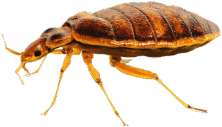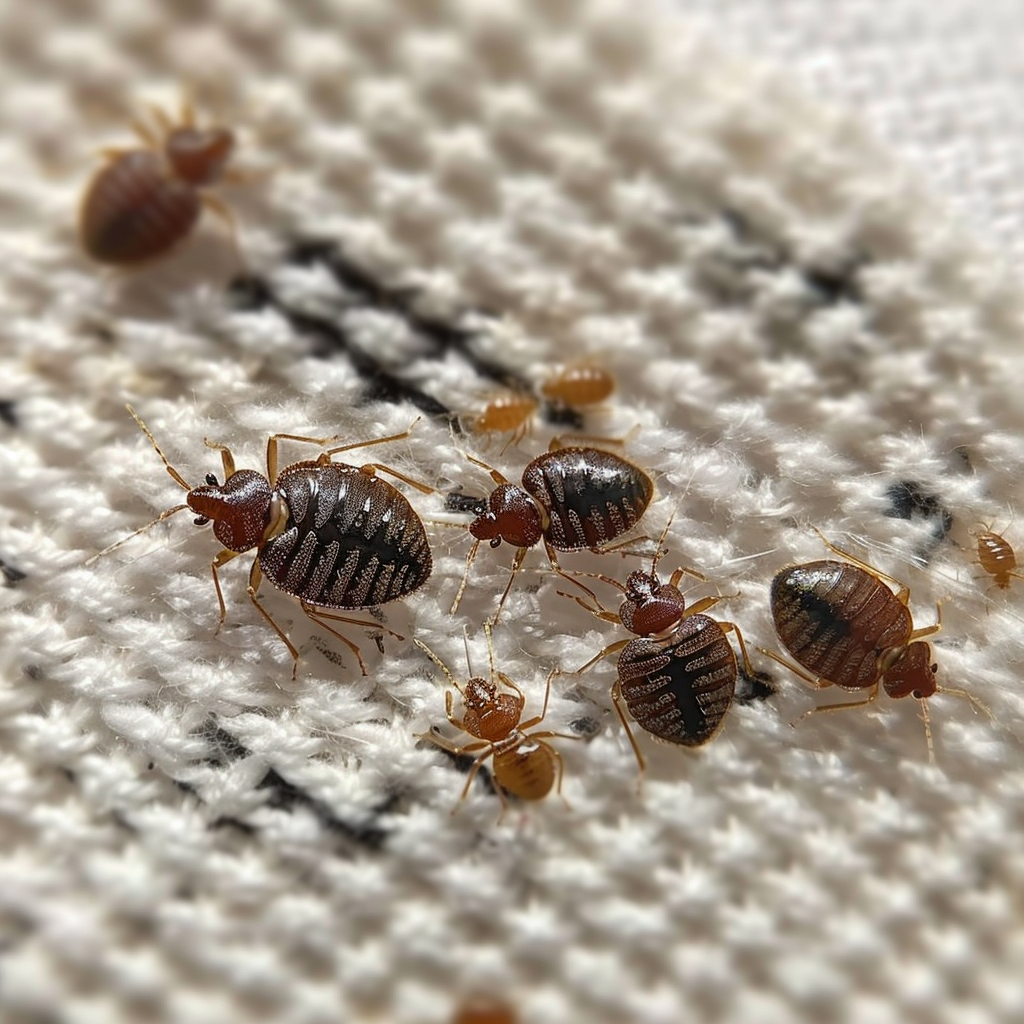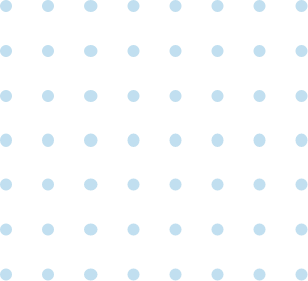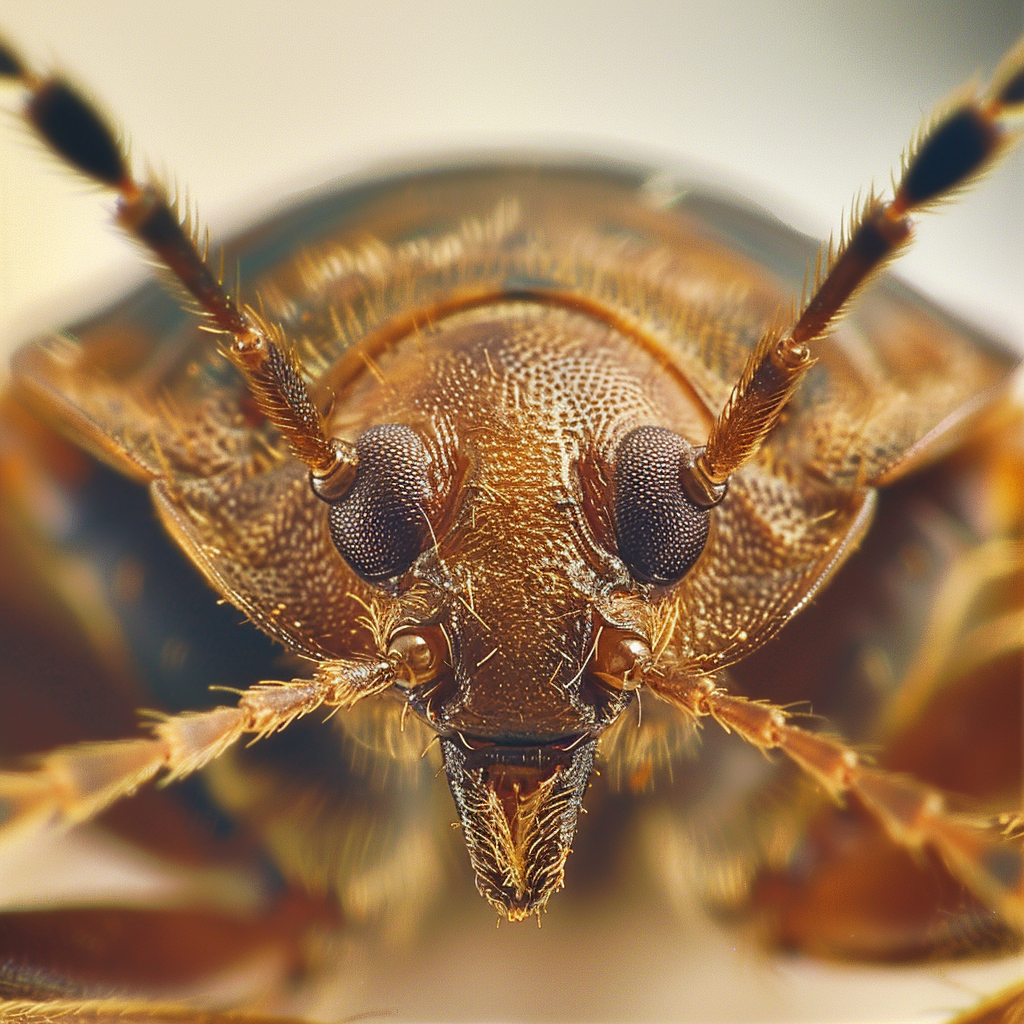Bed Bugs
Assisting residential and business owners with effective pest control services throughout:
- QLD: Brisbane, Gold Coast, Ipswich, Toowoomba, Sunshine Coast, Townsville
- NSW: Sydney, Newcastle (Hunter & Central Coast), Wagga Wagga, Nowra
- ACT: Canberra



Beyond the Bedroom
Bed Bugs can not only be a problem at home but also in places with numerous beds and visitors such as Hotels, Motels, Backpacker Lodges, Caravan Parks and Boarding Schools. Bed bugs are usually found in unhygienic conditions and inside bedrooms as their name implies.
Habits and Characteristics of Bed Bugs
They have a flattened appearance before ingesting fluid (blood) and are about five millimeters long with the look of a rather wide flea, reddish brown in color.
They hide under the buttons and in creases of old mattresses, behind wallpaper, skirting boards and cracks in the floor. They are wingless so they can’t fly or jump like the flea.
They are active during the night and have been known to drop from the ceilings onto beds. They can survive without a blood feed for up to a year. Bedbugs pass through an egg and five nymph stages to become an adult. The nymphs and adults leave their harborage to feed every 2-3 days. They feed for only 3-5 minutes in the hours prior to dawn and return to their harborage.Their presence can be detected by bite marks, dots of blood on the sheets, a sickly sweet odour and inspection of potential harborages results in visual sighting of dried blood deposits around cracks in the bed, bed head, bedside furniture and mattress.
They are a nuisance pest but generally harmless. They are usually introduced into the home via old mattresses or furniture, so inspection of any recent furniture is essential. Some people react to the bite of bed bugs. Before the bedbug sucks blood it injects saliva, containing an anticoagulant, into the host. The irritancy is caused by the body’s reaction to the saliva.


FAQs
Common signs of a bed bug infestation include small, reddish-brown bugs in your bedding or furniture, tiny dark spots (bed bug droppings) on sheets and mattresses, and itchy, red bites on your skin, often in a line or cluster. You might also notice shed skins or small, white eggs in mattress seams or crevices.
Bed bugs can enter your home through luggage, clothing, second-hand furniture, or even through walls from a neighbouring infested property. They’re excellent hitchhikers, so they often spread by clinging to personal items that have been in infested areas like hotels, public transport, or even workplaces.
If you suspect a bed bug infestation, it’s important to act quickly. Start by washing all bedding, clothing, and fabrics in hot water and drying them on high heat. Vacuum your mattress, furniture, and floors thoroughly. Consider using bed bug-proof covers on your mattress and box spring. For a significant infestation, it’s best to contact a professional pest control service like Scientific to ensure complete eradication.
Trustindex verifies that the original source of the review is Google. Dean from PPM was fantastic. Second year here and he is thorough, professional and a lovely bloke. Highly recommend him. He is also local.Trustindex verifies that the original source of the review is Google. John Stewart came out to Silk Yennora for our monthly service, presented to site quiet well and gave a detail report in the service report, and completed his service in an efficient and save manor, Craig Back Silk Yennora Site ManagerTrustindex verifies that the original source of the review is Google. We have used PPM for the last 2 years for our inspection and treatment and Chris has attended both times. He’s communication is outstanding. He is very knowledgeable and takes the time to do a thorough job. Highly recommend Chris for your next inspection or pest treatment.Trustindex verifies that the original source of the review is Google. I had a great experience dealing with ppm today Chloe from ppm was well spoken and and Curtis and went beyond to make sure all my questions were answered and my booking was confirmedTrustindex verifies that the original source of the review is Google. Chris the Sunshine coast rat man sorted out my rat issues as recommended ,no more rats they were gone in a week and now no more rats sinceTrustindex verifies that the original source of the review is Google. Chris has been looking after our pest control for many years. He is very professional, informative and does a wonderful job.Trustindex verifies that the original source of the review is Google. Ari was really helpful, service was above and beyond, I had a wonderful experience and I would highly recommend this PPM to others.Trustindex verifies that the original source of the review is Google. Steve from PPM is a true professional in all aspects. He is efficient, thorough and courteous. He has been performing the inspections and pest control at our house for the past 5 years and has always maintained high quality. Steve is a very good communicator and his friendly manner make him a great ambassador for PPM. His service is very much appreciated by us.Trustindex verifies that the original source of the review is Google. Steve was very thorough and did a fantastic job. Would highly recommend him.Google rating score: 4.9 of 5, based on 149 reviews

